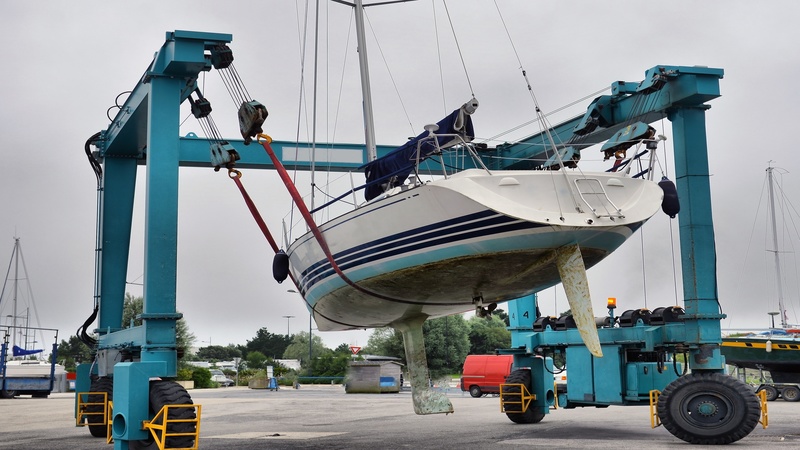There are many different applications, both temporary and permanent, that are a good match for a free standing bridge crane. These cranes are designed to offer different bridge lengths, making them fully scalable for different working conditions and lifting and moving needs.
They can also be designed for specific weight ranges from just a half a ton to significantly heavier load requirements.
Size and Support Factors
The majority of free-standing cranes are going to be underhung cranes. This allows the system to operate without the need for additional support or the need to attach the system to the structure. With all forces, both lateral and longitudinal handled by the free-standing bridge design, these are cranes that can be used anywhere they are needed even if the existing building or structure is not suitable to be used for bracing and support.
Additionally, since external bracing and support is not required for safe operation, the entire free standing bridge crane can be easily measured and installed even when there may be limited additional space outside of the frame. This is an important factor in smaller, narrower buildings and areas where space is at a premium and other crane designs are too bulky.
Length Considerations
When there is a need to move loads a considerable distance along the length of a building, a free standing bridge crane is an optimal crane to consider. With their self-supporting design, they can be custom designed and constructed to any required length. The span on these types of bridge cranes can be up to 55 feet, making them a practical consideration for loading docks, transportation hubs, warehousing and manufacturing facilities.
For facilities planning for expansion, this is also a top system to consider for lifting and moving loads. Typically, these types of systems can handle up to 15 tons of capacity, but they can also be designed for heavier loads through a custom crane manufacturing company.
With the ability to add on additional length when required as well as the ability to use these systems to transfer between bays, the uses for free standing or semi-free standing bridge cranes continues to grow.
These systems can operate using a range of hoist and movement options. They can be designed to work with hand chains for lighter loads, or incorporate motorized, push-type or pneumatic powered bridge cranes to match the needs for any given facility or for any specific load type and operation.

